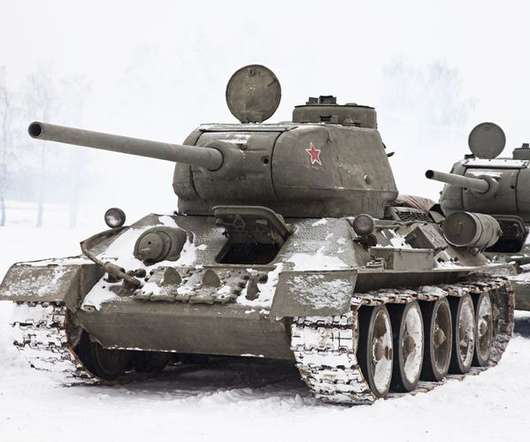RSA 2022 Musings: The Past and The Future of Security
Anton on Security
JUNE 10, 2022
As I was looking at the security vendors and their technologies, I realized that security vendors that apparently peaked in relevance, say, in the mid-2000s had huge booths and did brisk business, selling whatever they sold before. An anti-DDoS vendor promised “better zero trust visibility.” It was the past and the future.












Let's personalize your content